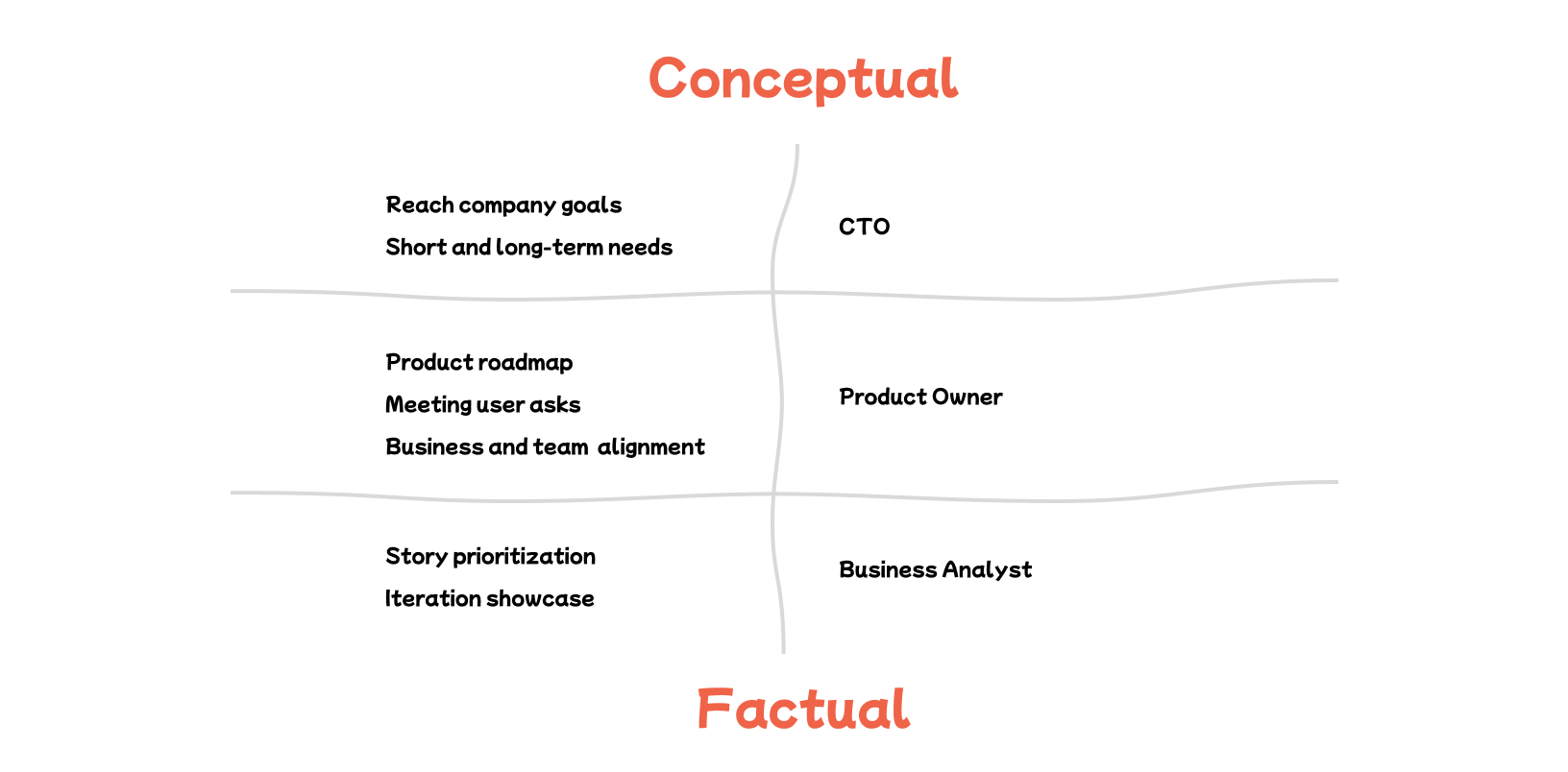Maximizing Business Opportunities Through Better Communication
Recently, ViGu had the opportunity to participate in a government client's meeting, delving into the impact of COVID-19 on small businesses. The discussion revolved around navigating change and uncertainty, which has been especially daunting for non-digital-first industries. The importance of communication and collaboration emerged as a crucial aspect of digital transformation in these trying times, as forging strong bonds despite physical distance is both an art and a science that everyone working from home is focused on.
As we adjust to the new norm, video conferencing has become a staple for meetings, and virtual collaboration tools are helping teams perform their tasks. However, we must not neglect the power of intentional, purposeful communication in our online business chats to foster shared understanding and build stronger relationships.
This shift towards remote work presents a new set of responsibilities and opportunities. Customers and companies alike are adjusting to this new way of working, which creates a chance for everyone in your organization to explore the next steps in navigating the "new normal."
The pandemic has brought us together with the unofficial motto "We're all in this together." It's time for us to take that perspective to heart and ensure that internal communication channels are open, inclusive, and welcoming to everyone.
Include Everyone: At all levels of an organization, everyone has the potential to create and capture value, regardless of their position. It's essential to consider how you can contribute in a meaningful way, grow, and evolve. Collectively, the aim is to use the precious fuel generated internally to enhance the lives of customers.
An Example to Our Approach
To ensure effective communication with others, it's crucial to speak their language. This involves understanding your position in relation to their motivations, pain points, challenges, and objectives. A simple mapping exercise can help achieve this:
Start by drawing a vertical line on a piece of paper. At the top of the line, write “Conceptual,” and at the bottom, write “Factual”
Next, to the right of the word "Conceptual," write the job title. For instance, "Business Analyst"
Then, to the right of the word "Conceptual," write the positions of others, such as leadership and top decision-makers like the "Product Owner," and below that, the "CTO."
To understand what drives people at each level, draw a series of horizontal lines, so you have two columns.
Write some notes in the left-hand column. Consider what motivates people at each level and what they are afraid of. Be empathetic and imagine what keeps them up at night. Tools such as Empathy Mapping or the Five Whys can be used to get to the root cause of a problem or challenge by asking simple questions like "why?"
After completing the mapping exercise, individuals who are not decision-makers gain a clearer insight into what motivates those who control budgets and are responsible for outcomes. For those in leadership roles, the map helps identify ways to reduce stress and introduce positive motivation.
With a better understanding of each other's position, individuals can communicate more effectively. Positive disrupters can build rapport and support for a new way forward by asking better questions. It is important to understand the business objectives, what information management wants to communicate, budget considerations, and projected results. Armed with this knowledge, the client can articulate the business cost and value of the product in terms of KPIs, a language that management understands. This way, one can also make a compelling case for allocating more resources.
Communication is vital to human connection, especially during these times. Although virtual tools have made communication easier, it is important to approach it with focus and intention to make it sharper and clearer than ever before.
Looking for some guidance on how to enhance your internal communication?
Look no further, for ViGu is here to help!

